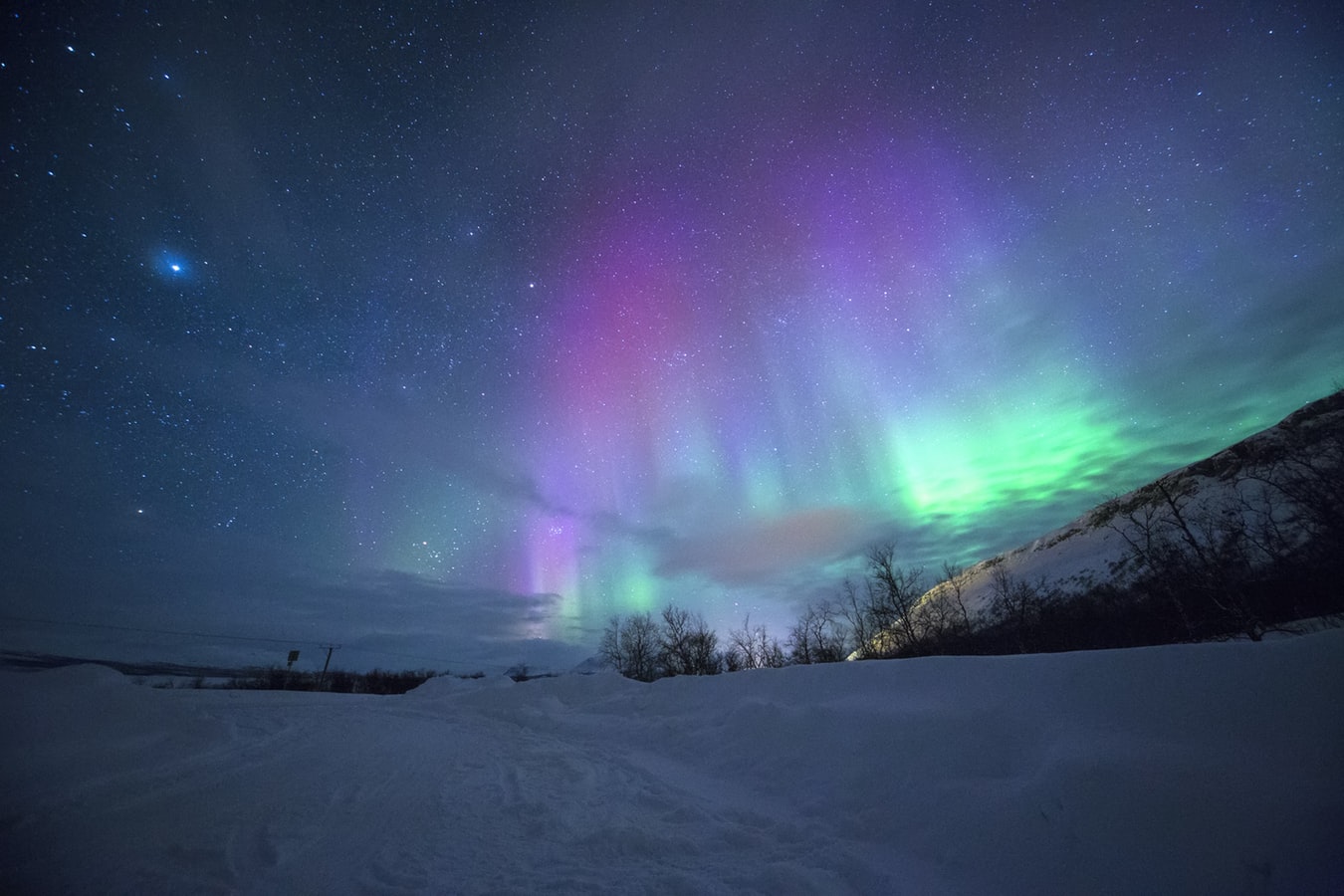Descripción/Description:
The position is a 4-year PhD contract (FPI, Personal Investigador Predoctoral en Formación) by the Spanish Ministry of Science, Innovation and Universities, in the framework of the Excellence Project “The Spanish Virtual Observatory (SVO)” (AYA2017-84089-P) lead by Enrique Solano Márquez (Investigador Científico at Centro de Astrobiología). Further information on the SVO project can be found at: http://svo.cab.inta-csic.es
# Topic of the thesis:
Asteroids are the relics of the building blocks that formed the terrestrial planets 4.6 Gyrs ago. Prints of the events that occurred in the early solar system, such as planetary migrations, are still present in their orbital and compositional distributions. However, eons of collisions have eroded this population, fragmenting bodies and creating clumps of objects called families, and the non-gravitational Yarkovsky effect slowly change their semi-major axes, blurring the original picture.
Over the past two decades, the importance of asteroid physical properties (size, spin period and orientation, and 3D shape) as trigger of the Yarkovsky effect has emerged. However, these parameters are known for only a thousand asteroids among the 780,000 known. They are predominantly determined from lightcurves, and sparse photometry (measurements separated by several rotation periods) as collected by discovery surveys. While sparse photometry is available for every small body, at least one lightcurve, even partial, is usually required to assert unambiguously the rotation period, and hence determine the spin and 3-D shape (see the review by Durech et al. 2015).
There is a wealth of non-targeted lightcurves in surveys for exoplanets by the transit method (Grice et al. 2017). Among them, the NASA space mission Kepler/K2 has a unique potential with its large field of view, extreme photometric precision, and 30 min cadence, as illustrated by a few recent targeted observations of small bodies. In each observing campaign however, only small windows centered on the stellar targets are downloaded to the Earth and small bodies transiting them overprint their lightcurves to the stellar flux. Thanks to the high density of stellar targets in K2, almost every single of the thousands of small bodies present in the field of view transit between 7 and 15 windows, providing as many lightcurves. Sixteen campaigns have been conducted, and three remain to be released early 2019. There is therefore literally a million of lightcurves of small bodies serendipitously observed and recorded in K2 public archive that await to be harvested (see our pilot study in Berthier et al. 2016).
We propose a PhD to develop tools to extract the lightcurves from NASA/K2 archive, relying heavily on the VO ephemerides service of the IMCCE, Paris Observatory, and our VO citizen-science project SVO NEA. This will require to predict accurately when asteroids are present in a small window, and to subtract the stellar flux.
# Candidate's requirements:
The candidate must be registered or admitted in a doctoral program at a university department at the time of signing the contract. More details on the particular requirements can be found in the following link:
http://www.ciencia.gob.es/portal/site/MICINN/menuitem.dbc68b34d11ccbd5d52ffeb801432ea0/?vgnextoid=131955e2d5e01610VgnVCM1000001d04140aRCRD
The candidates interested in applying for this grant (deadline 29/10/2018) should mention in their CV any experience with astronomical data, programming skills, level of English and knowledge of Virtual Observatory tools. Candidates might be invited to give a short skype interview. Please contact as soon as posible with Enrique Solano Márquez (esm@cab.inta-csic.es).
